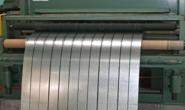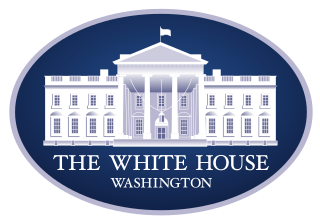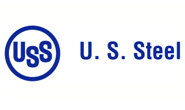Steel Mills

Olympic Steel Narrows Losses in Q1
Written by Sandy Williams
April 30, 2016
Olympic Steel reported a narrower than expected net loss of $767,000 for first quarter 2016. Revenues were $258.3 million compared to $346 million in Q1 2015 due to lower prices and volume. First quarter shipments increased, however 16 percent from fourth quarter 2015 recapturing market share from last year’s declining marketplace.
“We successfully navigated challenging industry conditions that began in 2014 by quickly reducing operating expenses and carefully managing working capital,” said Chairman and Chief Executive Officer Michael D. Siegal. “Since that time, we lowered debt, strengthened our balance sheet and reduced inventory levels to better align with a lower demand environment.”
The specialty metals flat products segment increased to 17 percent of company wide sales in Q1. Shipping volume, which includes carbon, stainless steel and aluminum, increased to nearly 20,000 tons, up 20 percent from Q4 and 5 percent year over year.
“The bottom of the market may well be behind us,” said CEO Michael Siegal. “However, ongoing challenges remain due to weak demand in a number of sectors. Production of heavy equipments serving the mining, agricultural, and oil and gas industries remains depressed.”
Olympic noted steady increases in residential and non-residential construction and historically high levels in auto demand. Demand for stainless and aluminum Olympic products is accelerating and prices of raw materials such as iron ore and scrap are correcting from depressed levels.
President and COO David Wolfort discussed the successful application of trade cases to stem the flood of imported steel despite the continued global overcapacity. Inventory at Olympic has been right sized for the current demand environment and recent price increase have been absorbed.
Said Wolfort, “Since December, published prices for hot-roll coil have risen from that low benchmark of $354 a ton to recent highs of $514 a ton by the end of April. This is a $160 per ton increase. That represents the absorption of all of five of these published increases and we have now recovered about two-thirds of the price degradation our industry endured during calendar 2015. Hence I much rather would be here today than I was a year ago.”
During the earnings call Q&A, Siegal noted that more aluminum is being used in automotive and, as a result, that part of Olympic’s business is expected to grow incrementally.
When asked if the Q1’s volume increase was due to new market opportunities, Wolfort responded:
“You have to remember that in 2014, we had some significant growth on the carbon side of the equation, close to 14% on an annual basis. Last year, we gave back about 10% of that severe decline in the marketplace and what we’re seeing now is our ability to reclaim that market share from 14%, bring back that growth, although agriculture is still down and we see mining is still down and some aspects of our business are depressed, but regardless, we continue to gain market share in what appears to be just a smaller buy.”

Sandy Williams
Read more from Sandy WilliamsLatest in Steel Mills

CRU: Tata Steel looks to shed 1,600 jobs in the Netherlands
The company said, “The challenging demand conditions in Europe driven by geopolitical developments, trade and supply chain disruptions and escalating energy costs have affected the operating costs and financial performance."

Reports: Federal funding for Cliffs’ project could be slashed
Elon Musk's DOGE is determining which Department of Energy grants to advance and which ones to terminate, according to several media outlets

Trump still against selling USS to Japanese firm: Report
Despite ordering a new review of Nippon Steel’s bid for U.S. Steel, President Trump said he is still against selling USS to a Japanese company, according to media reports.

Algoma looks to sell more steel in Canada in wake of Trump’s tariffs
The Canadian steelmaker said its absorbing higher tariffs as it moves forward.

Ancora abandons plan to take over leadership of USS
Investment firm Ancora Holdings Group has halted its play for U.S. Steel's board, citing Nippon Steel’s proposed bid for USS “gaining momentum.”
